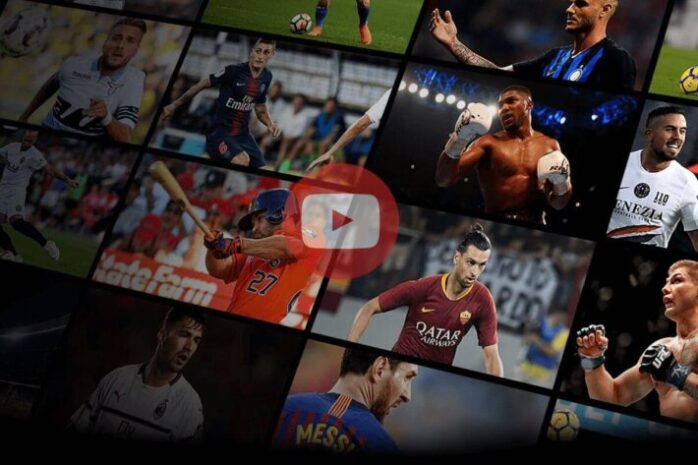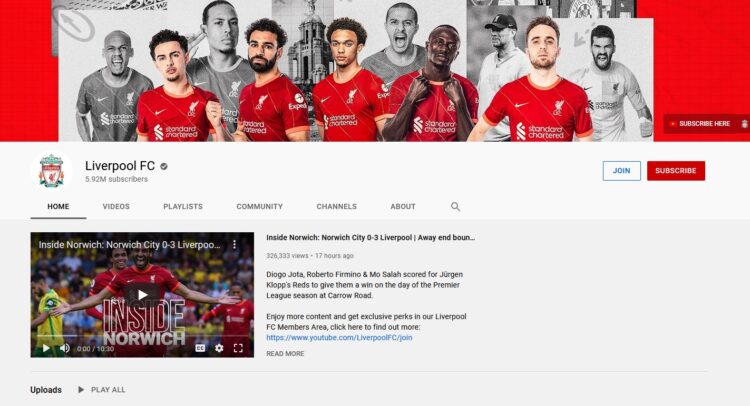
The world has changed drastically over the last century, with many thanks to the developments in new technologies. We’ve seen man set foot on the moon, developed vehicles that can traverse the sea bed at depths never experienced before, and we’re now able to speak to and see people on the opposite side of the planet through video streaming services. But not all the best advancements are marked as historical moments that will be remembered forever.
Take for example, the smaller developments that have helped change our lives. From simple bread makers we use at home to the introduction of electric windows in cars. They’re so small no one thinks of their introductions as big moments in history, and having become so accustomed to using them we often don’t appreciate how lost we would be without these new fangled gadgets.
One particular area that has changed over the years is with the way that sports are now accessed around the world. From being able to follow all the latest betting action on websites like sportsbookreview.com to being able to stream your favourite sporting events to the palm of your hand, allowing you to watch them wherever you are in the world (as long as you get a mobile signal of course).
But what are the main ways that technology has impacted sports streaming over the years? And how impactful have they been? Well, let’s take a look.

The introduction of YouTube
You may not think of YouTube as a sports streaming device or app, and primarily it is not. It is a website that hosts video content made by people from all around the world; from music videos by the biggest recording artists, to make-up tutorials by young girls who just sit in their bedroom. It has videos on everything.
And with its growth, sports teams began to create their own channels on the platform, producing video content for them. You could often see behind-the-scenes footage from training, or exclusive interviews with sports stars or staff at some of the top teams in the world. You can catch highlights of previous games and events, not just going back days or weeks but years and even decades.
It also gave birth to fan-made content too; in the form of podcasts and online chat shows, where friends and like minded people would meet up to discuss the latest events. They’d discuss topics and things around the sports they enjoyed from the perspective of the fans rather than the business types who run these teams to turn a profit.
It created a whole new world for accessing sports. It allowed people from all over to make their own content and gave sports teams the opportunities to give special access to fans to help them feel closer to the clubs they support. It really did have an impact on the way we view and discuss sports, but it isn’t the only technological change.

Streaming live events
Back in the olden days, you only used to be able to watch sports by attending events. Then began coverage via radio, before sports were eventually broadcast on television so people all over the world could enjoy watching them.
Now, we not only have sports on TV, in glorious 4K ultra HD I may add, but we are able to access and watch sports in many different ways. We can use computers to stream sporting events online, we can use our mobile phones to access video content, whether that be by using a browser online or via a dedicated app.
We even have devices you can stick into your basic TV to give it smart capabilities, allowing it to stream a wide range of content from around the world. And many of these services, take Amazon Prime Video for example, have expanded their content into covering live sports. Amazon has had some excellent coverage of the tennis, and also won rights to broadcast a limited number of Premier League games, for which their coverage has been highly praised.
This content that was once kept purely for local people, or those who were willing to travel to watch, is now accessible on a global scale. You could watch Liverpool FC on a pre-season tour of Australia playing teams in Melbourne or Sydney whilst you’re sat on a sunny beach in the south of France. You can even watch the strange Indian sport of Kabaddi on your phone whilst you’re sitting on a toilet in a supermarket’s public bathroom if you really wanted to.

Be at a game even when you’re not
This is one of my favourite advancements in technology with regards to streaming sports. The introduction of virtual reality. This isn’t a widely accessible service yet, but there have been trials now and again by broadcasters to try and get this off the ground. Notably when the BBC decided to offer a virtual reality experience on PlayStation for the FIFA World Cup in 2018.
You were able to sit in a virtual hospitality box and watch the match as if you were in the stadium. Or you could move to different cameras around the ground to stand with fans, or on the touchline to get a view of the game like never before. And with earphones on too, it became a truly immersive experience that was as close as you could ever be to being at these events without actually being there.
But since these trials, it has never really taken off. A phase much like 3D that had a lot of potential and even more hype built-up around it, that just seems to dissipate and fizzle out to the point people forget it was ever even a thing. But because of the rising costs in tickets, and especially with empty stadiums over the last 18 months due to COVID, this would have been an excellent idea to push.
It is a cheaper experience in the long-run, obviously a VR headset is more expensive than tickets to a sporting event. And it’s the closest you would get to being in a stadium when not allowed due to restrictions. Who knows, maybe it will be the future. But for now it’s probably a little too far ahead of its time.











